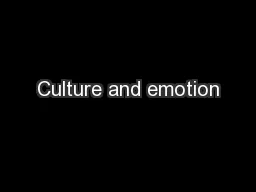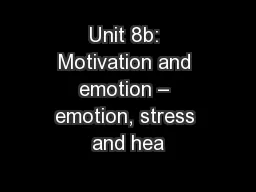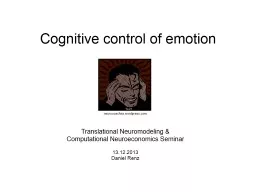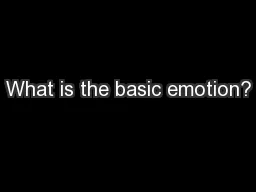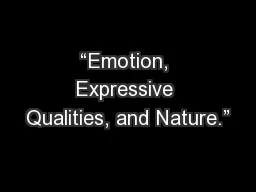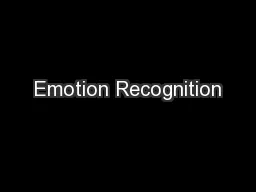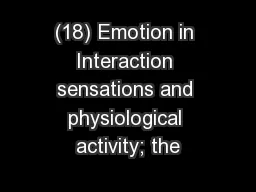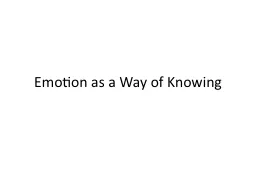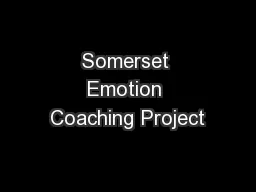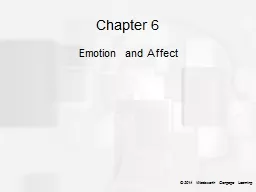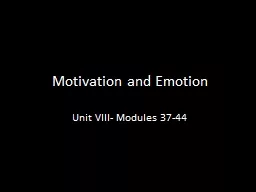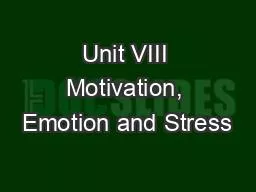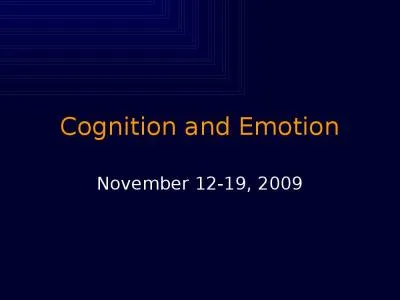PPT-Culture and emotion
Author : natalia-silvester | Published Date : 2016-03-24
Hofstedes approach Power distance Uncertainty avoidance Individualismcollectivism Masculinityfemininity Bond Based on Chinese data added Confucian work dynamism
Presentation Embed Code
Download Presentation
Download Presentation The PPT/PDF document "Culture and emotion" is the property of its rightful owner. Permission is granted to download and print the materials on this website for personal, non-commercial use only, and to display it on your personal computer provided you do not modify the materials and that you retain all copyright notices contained in the materials. By downloading content from our website, you accept the terms of this agreement.
Culture and emotion: Transcript
Download Rules Of Document
"Culture and emotion"The content belongs to its owner. You may download and print it for personal use, without modification, and keep all copyright notices. By downloading, you agree to these terms.
Related Documents

